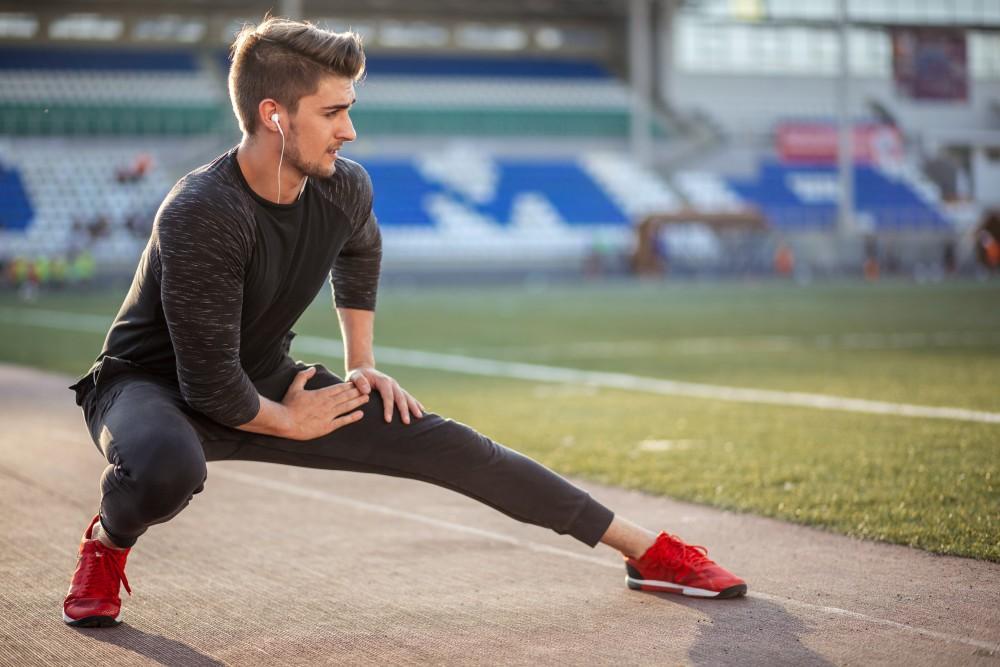
On Episode 10 of The Sports Docs Podcast, Dr. Logan discusses the April 2020 issue of OJSM and the article Platelet-Rich Plasma Shortens Return to Play in NFL Players With Acute Hamstring Injuries.
A quick overview of PRP... PRP is concentrated source of platelets and growth factors, prepared by centrifuging the patient’s whole blood. PRP can be leukocyte rich or leukocyte poor, referring to the concentration of white blood cells. Selection of PRP type depends on the pathology being treated, with leukocyte rich PRP thought to be beneficial for conditions like arthritis and leukocyte poor PRP being more advantageous for acute muscle injuries.
Jim Bradley and colleagues at UPMC reported that leukocyte poor PRP injections allowed for faster return to play in athletes with grade 2 hamstring injuries, with a 1 game overall difference. There was no difference in total days missed or time to return to practice.
The authors recommend using PRP with a low platelet count and low leukocyte count, as PRP preparations rich in platelets and leukocytes may lead to increased local reaction and subsequent scarring, increasing the risk of reinjury.






